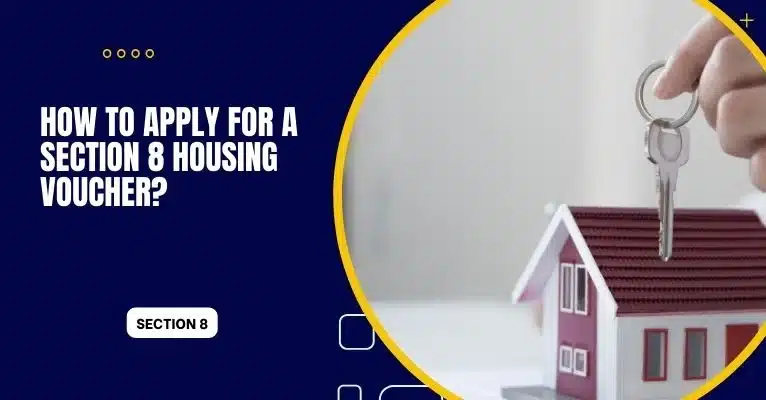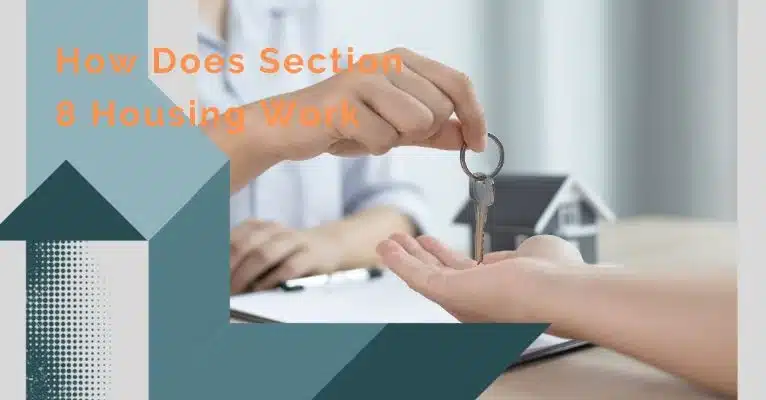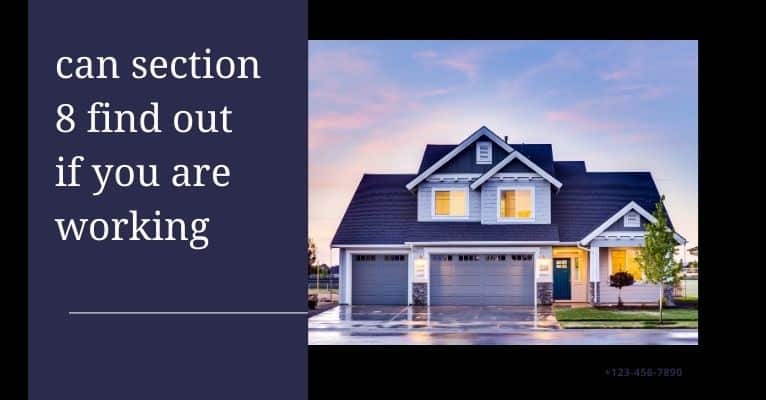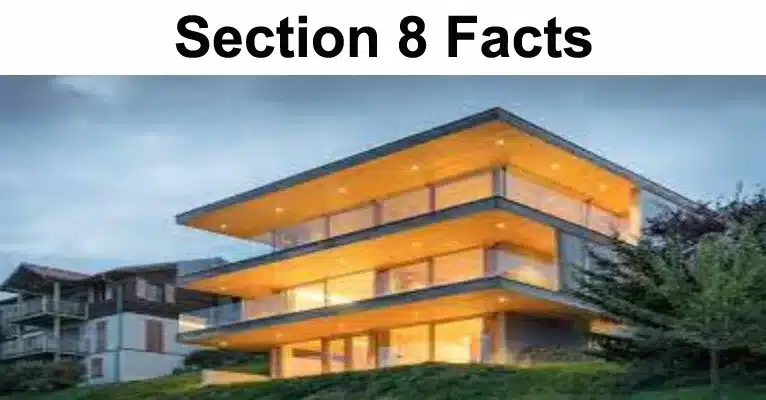How Does Section 8 Housing Work
The Section 8 Housing Choice Voucher Assistance Program is designed to cater to individuals at high risk of eviction and homelessness, i.e., income families, senior citizens, displaced families, homeless individuals, especially disabled homeless, and people with disabilities. HUD, i.e., the U.S. Department of Housing and Urban Development, overlooks the HCV program and aims at providing a roof to the struggling strata of society via subsidized housing.
Qualified individuals will have housing assistance as long as they comply with the regulations of HUD and are eligible as per HUD qualification criteria. Interested individuals can reach out to their local Public Housing Authority, aka PHA, to obtain an application to apply for the voucher.
How Does Section 8 Work?
Section 8 is a program under the Federal government’s Department of Housing and Urban Development, aka HUD, which offers housing assistance via subsidies to qualified voucher holders in all sorts of housing, i.e., newly constructed, rehabilitated, and existing. The government pays a substantial portion of the rent to landlords (who accept program vouchers), and these payouts are done in three categories, i.e., the newly constructed housing, the considerably rehabilitated housing, and the housing provided via the LMSA program (Loan Management Subsidies Assistance).
The program helps individuals struggling to pay the mortgage by lending payouts in five-year increments for newly constructed and significantly renovated properties, thus minimizing mortgage loan defaults.
HUD funds the Section 8 Housing Choice Vouchers while PHA (public housing agencies) administer them in each city or state, per the rules set forth by HUD. Then, the vouchers are issued to families that fit the eligibility criteria, which proceed to find the landlord who accepts the coupon and complies with the program regulations. The local PHA’s job is to determine the health and safety standards for rental units rented by Section 8 tenants. The tenant’s rented homes are inspected before moving in and at regular intervals (after every 1-2 years). The government pays the rent directly to the landlord, i.e., housing subsidy, and the tenant is responsible for paying the remaining monthly rent.
How to apply?

Informing the housing authority of your interest is the first step towards applying for the housing voucher. However, you are more likely to be placed on a waitlist first because of high demand and a limited number of available coupons.
How Does This Program Work for Tenants?
Local Public Housing Authorities (PHA) distribute rent vouchers that pay up to 40% of a tenant’s income. Moreover, the PHA regularly monitors the tenant’s eligibility, i.e., a participant’s income limit must be at most 50% of the area’s median income. However, the threshold in California is higher, i.e., at 80 %. You can even utilize a voucher to buy a home. However, it comes with a 15-year limit on assistance. Tenants and landlords must abide by the law and set program standards, i.e., paying rent on time, reporting any change in income or family size, maintaining the property as long as the lease agreement is in place, etc.
How Does Section 8 Housing Work for Landlords?
The program aims to help low-income families and provides different kinds of assistance, i.e., long-term project-based rental assistance contracts, subsidized mortgages, and both. If you want to become a Section 8 property owner, submit your application to your local PHA and pass the safety and health inspection. You will be added to the waiting list if the program runs out of funds and will be informed once the funds are available.
Property owners must ensure their property lies within the lower end of the fair market value range. Moreover, if you can afford a renter higher than the HUD set rate, you are less likely to qualify for the voucher as the program is designed to help people in dire need of assistance. You and your landlord must sign a lease and housing assistance payments contract.
The landlord must meet all the sanitary and safety standards, apply for inspections, and maintain the property as long as the Section 8 tenant lives there. A total of 13 areas are monitored by HUD during the inspection, e.g., lead-based paint, security, smoke detectors, water quality, etc. The tenant will only pay its portion of the due rent to the landlord, as the local PHA will pay the difference directly to the landlord.
How does Section 8 housing work in Florida?
The reason for designing a Programm voucher program in Florida is to provide safe and secure housing within a budget to the people struggling to make ends meet in this cost-of-living crisis. The program is operated and administered by HUD and PHA, respectively.
You can apply through the local PHA and receive a voucher in case of qualification. Your housing assistance voucher allows you to rent any private rental unit that meets HUD standards and guidelines, including apartments that would qualify.
The Programm has made housing accessible and affordable for Floridians who qualify by paying part of their rent through government subsidies.
Summing It Up
The Housing Choice Voucher Assistance is an important program designed to meet the housing needs of struggling American families, making homes affordable in various cities across New York, Florida, Texas, and California, among others. Through government subsidies distributed via Public Housing Authorities with eligibility standards set by HUD, it aims to bridge any potential costs between traditional costs of renting an affordable place of living and what low-income people can afford via federal grants distributed locally PHAs by eligibility standards set out by this U.S. department.
Programs provide tenants with safe housing without defaulting on loans or compromising basic needs. In contrast, an assistance program prioritizes supporting those most in need through income verification, annual recertification, emergency applications, etc.
Starting as a voucher property owner can be an advantageous way of guaranteeing stable rental income without delays, lower advertising expenses, and pre-approved tenants, making this venture mutually beneficial between tenants and landlords.
The program comes in handy for giving a chance to low-income families to secure safe and affordable housing in states like Texas and Florida. Furthermore, the program fosters stable communities by helping people improve their living quality during soaring inflation.







